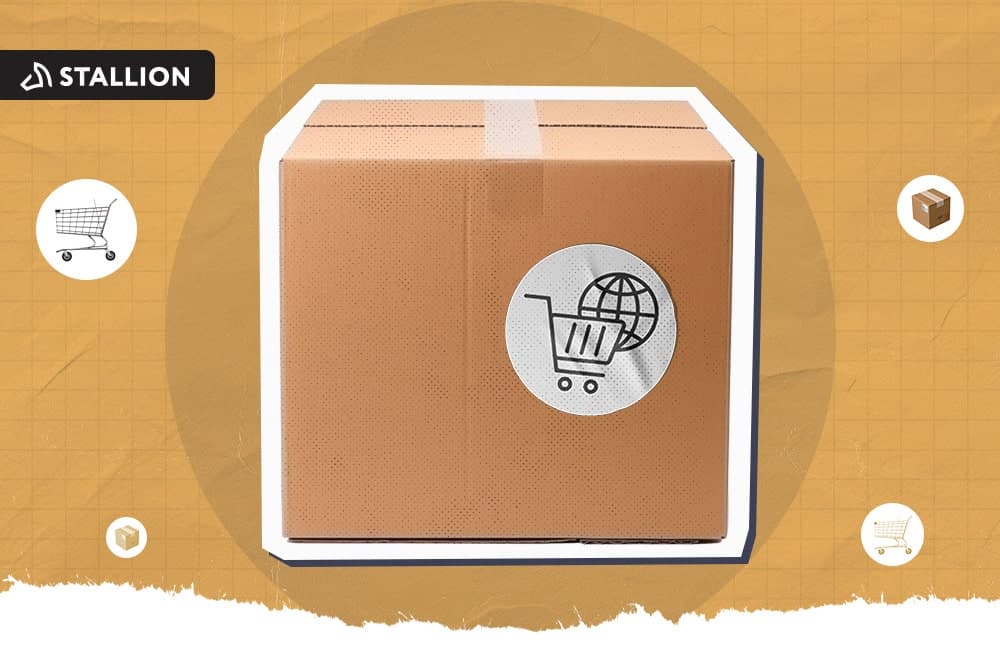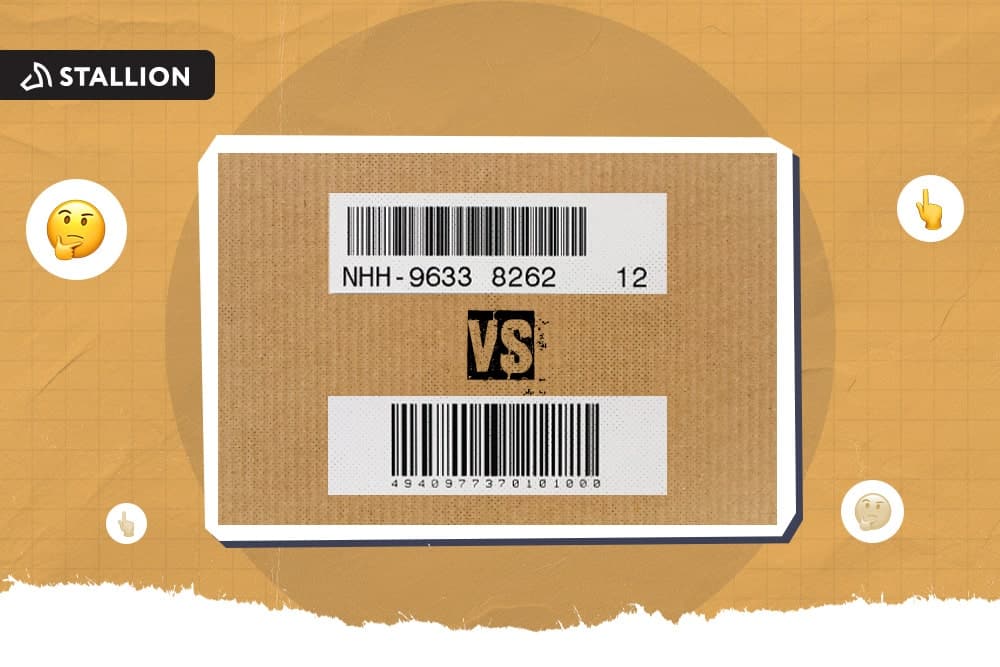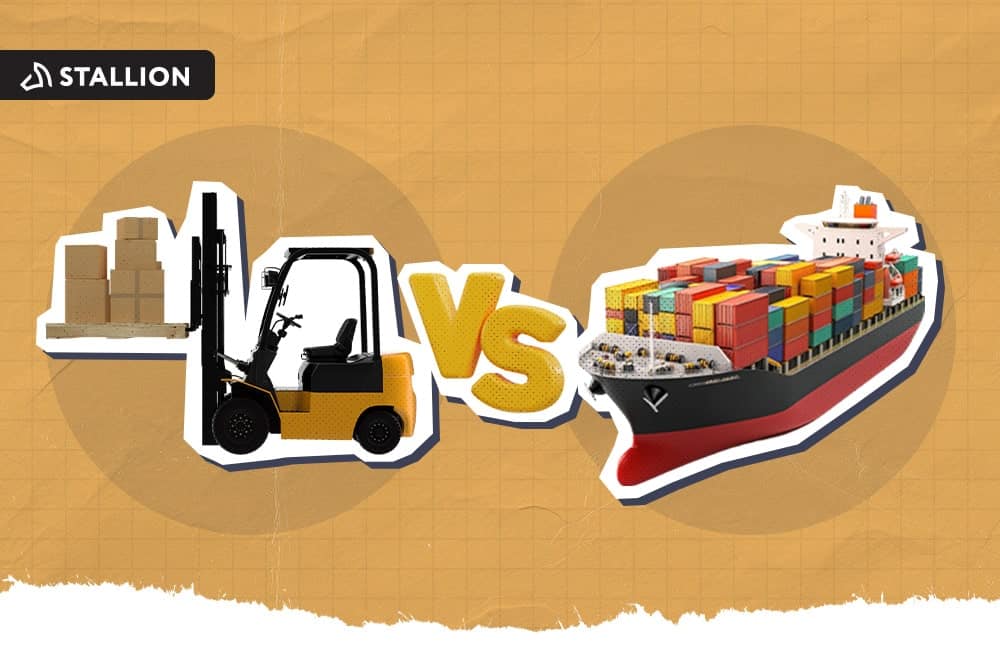
Do you ever wonder what happens to unsold items at the end of a business period? They become part of the ending inventory, a crucial metric for financial health. This beginner's guide discusses the definition, formula, and calculation methods of ending inventory.
This topic can be confusing, but we will discuss it through simple explanations. Additionally, we will use easy-to-follow examples to help you understand this crucial element of business functioning. This will set you on the path to understanding more complex financial concepts.

Ending inventory is the total value of a company's unsold goods or products available for sale at the end of an accounting period. It's essentially a snapshot of what stock remains after considering these few elements:
Knowing the value of ending inventory is crucial for businesses. This can help them assess their financial position and calculate profits. Subsequently, they can make informed decisions about future production, inventory costs and sales strategies.
An accounting period is a specific time frame businesses use to track financial performance. It's an overview of the company's financial health at a particular time. Standard accounting periods include:
Choosing a suitable period depends on the business size and complexity. Businesses can use shorter periods for closer monitoring or more extended periods for a broader view.
Yes, ending inventory and closing inventory are the same thing. They both represent the value of unsold goods on hand at the end of an accounting period. Additionally, sellers can use these terms interchangeably in accounting and finance.
The basic way to calculate the ending inventory formula is: beginning inventory + net purchases - COGS = ending inventory.
The beginning inventory is the last period's ending inventory. The net purchases are the items you've bought and added to your inventory count.
All businesses use one core formula to calculate ending inventory. It's straightforward and considers what came in, what went out, and what's left over.
Here's a breakdown of each component:
Beginning inventory refers to the unsold goods at the start of a specific accounting period. It's like opening up the balance sheet for your stockroom. Imagine it as the leftover inventory from the previous period that you're carrying forward. This value is crucial because it is a starting point for calculating how much inventory you have on hand throughout the period and how much remains unsold.
Net purchases refer to the total cost of goods a business acquired during an accounting period, minus any returns or discounts they received. Think of it as the net amount you paid for new stock. Here's the breakdown:
Net Purchases = Total Purchases - Purchase Returns - Purchase Discounts
This net amount reflects the cost of the new inventory you added to your stockroom during the accounting period. It's a critical factor in inventory accounting when determining your ending inventory value.
Cost of Goods Sold (COGS) is the direct cost of the goods a business sells to customers during a specific accounting period. It's essentially the total inventory cost you used to sellable inventory and generate sales.
Imagine this: You buy shirts for $10 each and sell them for $20. The COGS for each sold shirt is $10, reflecting the full cost to retail ratio of creating that sale.
A lower COGS compared to sales revenue generally indicates a higher profit margin. You're efficiently converting your inventory into sales without many leftover costs. COGS is a crucial factor in determining a company's profitability.
The abovementioned elements are essential when calculating ending inventory. However, what can you do if you add another variable or a missing component?
Here's how to calculate ending inventory for different situations:
Unfortunately, calculating an accurate ending inventory value becomes impossible without a beginning inventory value. The formula relies on the starting point of your stock levels from the previous accounting period to determine what remains at the end of same period.
Here's why a beginning inventory is crucial:
However, there might be alternative approaches depending on your situation:
If you have a rough idea of your starting stock value based on historical data or sales trends, you could use an estimate for the beginning inventory. This would approximate the ending inventory, but the accuracy would be limited.
Consider conducting a physical inventory count to determine your stock amount. This would give accurate inventory counts become your ending inventory for this period. However, it wouldn't provide the specific value without a previous inventory count for comparison.
Like the beginning inventory valuation method, getting an accurate ending inventory value is impossible without a net purchase figure. Here's why net purchases are essential:
However, there might be alternative approaches depending on your situation:
You have a specific scenario and reliable data on the COGS + ending or beginning inventory. Alternate inventory tracking and valuation methods are available that you can explore with an account. These methods can be:
You can incorporate available data points, but they can come with their own limitations. Additionally, they might need more information for accurate details.
Let us say you know the recent inventory purchases made during the period based on supplier invoices or historical trends. You could estimate the net purchase value, allowing you to use the standard formula. However, be aware that the ending inventory result would also be an estimate.
Overall, the most reliable approach is to have both of these elements. If these are unavailable, there are a few options you can consider:

The First-In, First-Out (FIFO) method assumes that the items you buy first are the ones you sell first. This technique can be useful for businesses that deal with perishable goods or where older stock may deteriorate or become outdated. Here's how to calculate ending inventory using FIFO:
You'll need the following:
Organize your inventory purchase records chronologically, with the earliest purchases at the top. Inventory management software can help you check the flow. Then, analyze your sales data and identify which items you sold and their quantities.
Imagine you're taking items out of a queue (FIFO). When a sale happens, you'll "sell" from the oldest purchase at the beginning of your inventory records. As you "sell" items from your records, reduce the remaining quantity for that particular purchase. Keep track of the total cost associated with the "sold" items based on their selling price.
Once you've processed all the sales data, look at your remaining inventory records. These represent the unsold items which become your inventory. Calculate the ending inventory value by multiplying the remaining quantity of each item by its corresponding purchase cost. Sum the values of unsold items to get the total ending inventory value based on FIFO.
For Example:
Imagine you run a clothing shop that sells sundresses. In January 2023, you have 20 sundresses in stock from December 2024, each costing you CAD 1. Thus, your beginning inventory is at CAD 20. During January, you make two sundress purchases:
Throughout January, you sold a total of 50 sundresses.
| Inventory Transactions (FIFO Assumed) | Quantity | Cost | Total Cost |
|---|---|---|---|
| Beginning Inventory | 20 | CAD 1 | CAD 20 |
| Purchase 1 (January 10) | 30 | CAD1.20 | CAD 36 |
| Purchase 2 (January 20) | 40 | CAD 1.30 | CAD 52 |
| Total Available For Sale | 90 | CAD 108 |
Ending Inventory (FIFO):
| Sales = 50 units Cost of Goods Sold (FIFO): - 20 units from Beginning Inventory at CAD 1.00 each = CAD 20.00 - 30 units from Purchase 1 at $1.20 each = $36.00 - Total COGS = $56.00 |
| Ending Inventory (FIFO): - Remaining from Purchase 2 = 40 units at CAD 1.30 each - Total ending inventory value = CAD 52.00 |
This breakdown should help clarify how the ending inventory is calculated using the FIFO method with the given data.
Explanation:
The Average Cost Method calculates the ending inventory balance sheet inventor by assuming all similar items in your stock have a uniform cost, regardless of when you bought them. Here's how to calculate ending inventory using this method:
Begin by gathering all these details.
This is the average cost you assign to each unit in your inventory, considering both Starting inventory and new purchases.
For Example:
Imagine running a phone accessory store. At the beginning of March (starting inventory), you have 20 phone cases on hand, each costing $10 (total value $200). During March, you purchase:
Throughout March, you sell 45 phone cases (unit sales data available).
How do we find the ending inventory using the average cost method?
1. Calculate Weighted Average Cost Per Unit:
2. Find Units in Ending Inventory:
Since we know we sold 45 units and had 70 available, we have 70 - 45 = 25 units remaining in stock.
3. Calculate Ending Inventory:
Therefore, your ending phone case inventory would be $275 under the average cost method. This represents the value of the 25 unsold phone cases based on the average cost per unit, considering your initial stock and new purchases during March.
The Gross Profit Method is an estimate of the ending inventory often used for interim reports. It can also be used for situations where obtaining exact inventory figures might be impractical. It leverages your historical gross profit percentage to estimate the COGS and calculate the ending inventory.
Here's how to calculate ending inventory using the gross profit method:
1. Gather your information:
2. Estimate COGS:
3. Calculate Ending Inventory:
Here are some important considerations:
Note: You'll still need the beginning inventory and the net income and purchase figures to use this method.
For Example:
You run a shoe store. You don't have time for a physical inventory count at the moment, but you need an estimate for your ending inventory for July. Here's what you know:
How do we estimate the ending inventory using the gross profit method?
1. Estimate COGS:
2. Calculate Ending Inventory:
Important Note:
This calculation provides an estimated ending inventory value of $4,000. Remember, this is an approximation based on your historical gross profit percentage. Fluctuations in your actual inventory costs, costs or sales during July could affect the accuracy of this estimate.
A physical inventory count would be ideal for a more precise ending inventory figure. However, the gross profit method can be a helpful tool for interim reports, or obtaining exact inventory figures might be temporarily challenging.

Being Canada's leading shipping provider, Stallion offers various services to handle all aspects of your business shipping needs, including shipping and fulfillment.
Benefits for eCommerce Businesses:
Stallion can be particularly helpful for eCommerce businesses by:
Ending inventory may seem like a simple concept, but it's a key metric for financial health. By understanding the formula and how different valuation methods impact the value, you gain insights into your stock management, profitability, and future purchasing decisions. It's like taking a snapshot of what you have left after the sale, revealing valuable information to steer your business forward.
Aman looks after the content marketing department at Stallion Express. He is passionate about helping businesses grow by providing informative and up-to-date trends in the eCommerce industry. Outside the office, you can find him on the soccer field cheering on Real Madrid.



Can our fellow Torontonians relate?
-
#smallbusiness #business #entrepreneur #socialmedia #shipping #ecommerce #canadianecommerce #shopify #poshmark #b2b #saas #etsy #ebay #canada #canadiansmallbusiness #shoplocalcanada #entrepreneur
#toronto

Here’s your quick hassle free shipping from 🇨🇦 to 🇺🇸 as a business owner!
-
Any questions?! Leave them 👇🏻 and save this video so you don’t forget!
-
#smallbusiness #business #entrepreneur #socialmedia #shipping #ecommerce #canadianecommerce #shopify #poshmark #b2b #saas #etsy #ebay #canada #canadiansmallbusiness #shoplocalcanada #entrepreneur

Meet @drinkbenny a 🇨🇦 female founded energy drink brand! Instead of focusing on their products, they’re taking a unique approach by hosting in person events in different Canadian cities to offer an experience for their community 🧡
-
What are your thoughts on in person events? 💭
-
#smallbusiness #business #entrepreneur #socialmedia #shipping #ecommerce #canadianecommerce #shopify #poshmark #b2b #saas #etsy #ebay #canada #canadiansmallbusiness #shoplocalcanada #entrepreneur

Do you know the difference between DDU and DDP when shipping internationally 🌏 ?
-
Questions? Leave them below! 👇🏻
-
#smallbusiness #business #entrepreneur #socialmedia #shipping #ecommerce #canadianecommerce #shopify #poshmark #b2b #saas #etsy #ebay #canada #canadiansmallbusiness #shoplocalcanada #entrepreneur

Here’s a quick hack to save time from choosing multiple postage options
↪️ Turn on the lowest postage rate automation to save you time!
-
Questions? Leave them below! 👇🏻
-
#smallbusiness #business #entrepreneur #socialmedia #shipping #ecommerce #canadianecommerce #shopify #poshmark #b2b #saas #etsy #ebay #canada #canadiansmallbusiness #shoplocalcanada #entrepreneur
